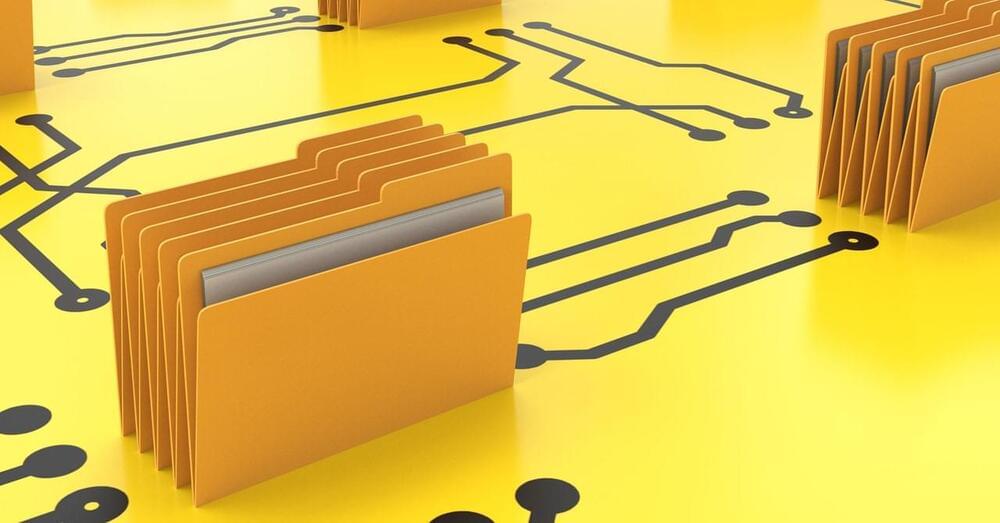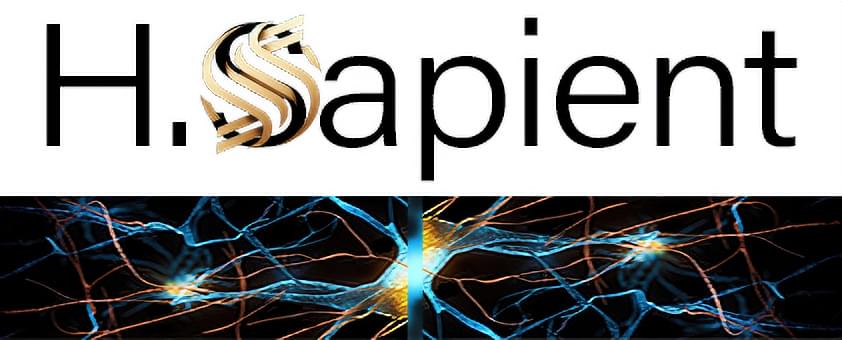Multiple MMS protocol vulnerabilities expose industrial systems to remote code execution, crashes, and DoS attacks.






NamX revolutionizes sustainable transportation with its innovative Hydrogen Utility Vehicle (HUV) and pioneering CapXtores hydrogen distribution system. Discover how NamX’s cutting-edge technology and strategic partnerships are shaping the future of hydrogen-powered mobility, promising a greener and more sustainable world.

German automotive parts giant MAHLE has secured its first order from combustion engine manufacturer DEUTZ to develop and supply components for hydrogen engines. This milestone collaboration, described by MAHLE CEO Arnd Franz as a significant advancement in the automotive industry, signals a growing shift towards sustainable energy alternatives beyond electric vehicles.


The Sun has started spooky season with a bang, letting loose on October 1 with a colossal flare and coronal mass ejection headed right for Earth.
The flare clocked in at X7.1 – the second most powerful flare of the current solar cycle, and one of the most powerful solar flares ever measured, sitting within the top 30 flares over the last 30 years.
We’re not in any danger, but the NOAA’s Space Weather Prediction Center has forecast minor to strong geomagnetic storms over the next few days, from 3 to 5 October, as we await the gust of solar particles as the coronal mass ejection blasts through the Solar System.

I like philosophy, especially since science emerged out of philosophy. This fascinating aspect of intellectual history gets missed when philosophy is an outlier of longevity events and even excluded. Bottom line: we still need philosophy re: AI, AGI, longevity, and new types of environments — from virtual to space. So, while we may not need philosophy to explain the physical world or the science of longevity, we still need it to help deal with human complexities. Philosophy is crucial to thinking about the future for several important reasons, at the very least to form conceptual analyses in understanding the limits of our knowledge about the future.
